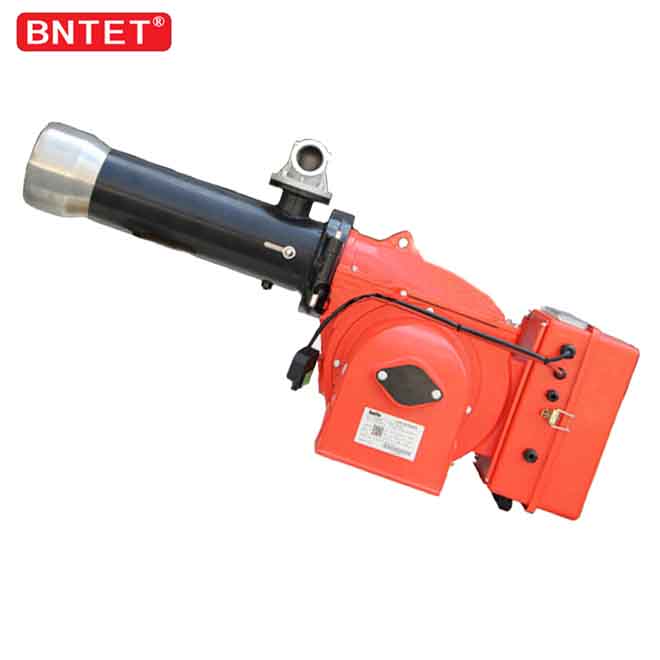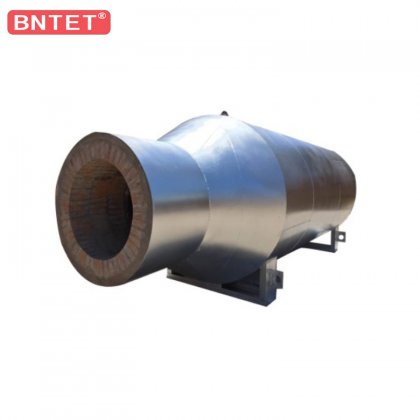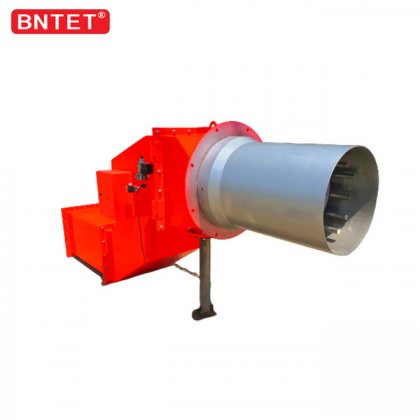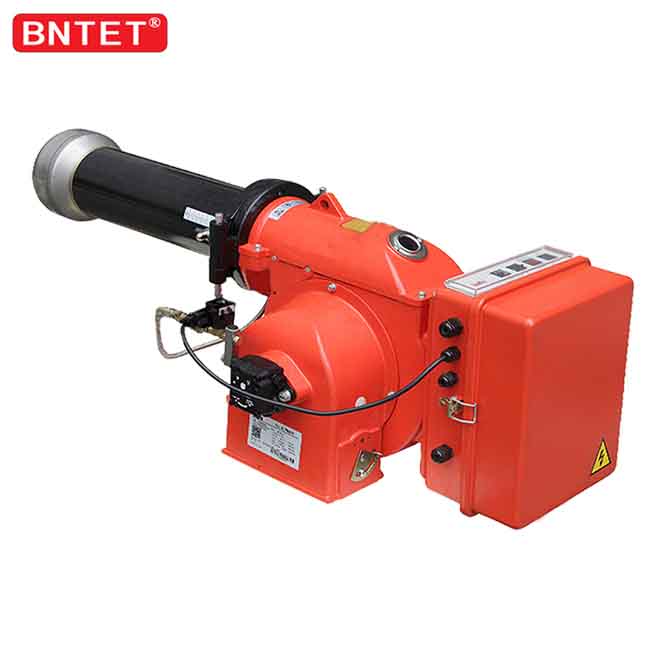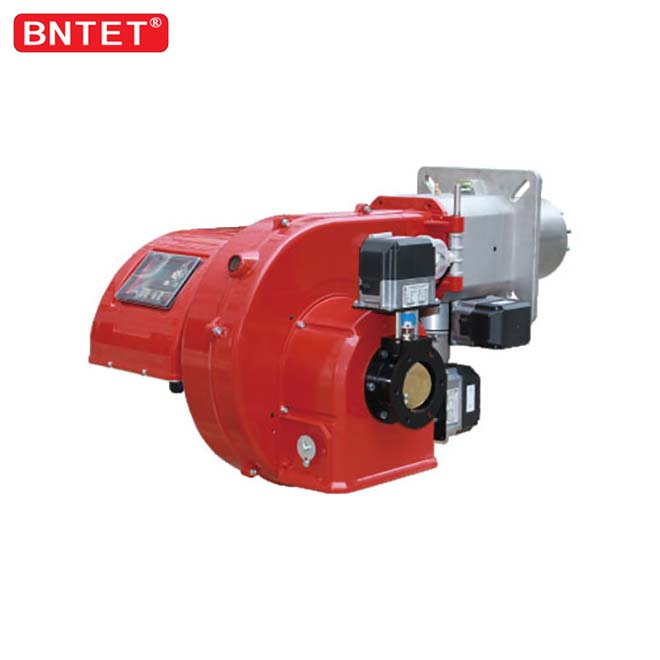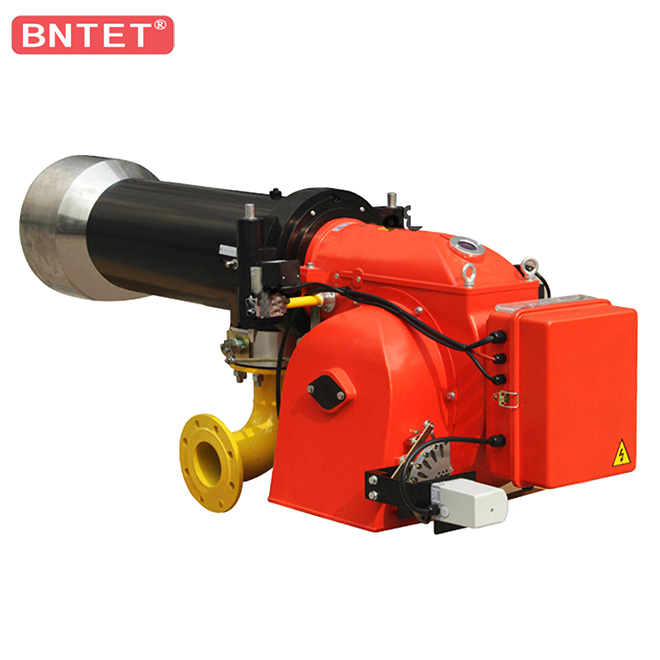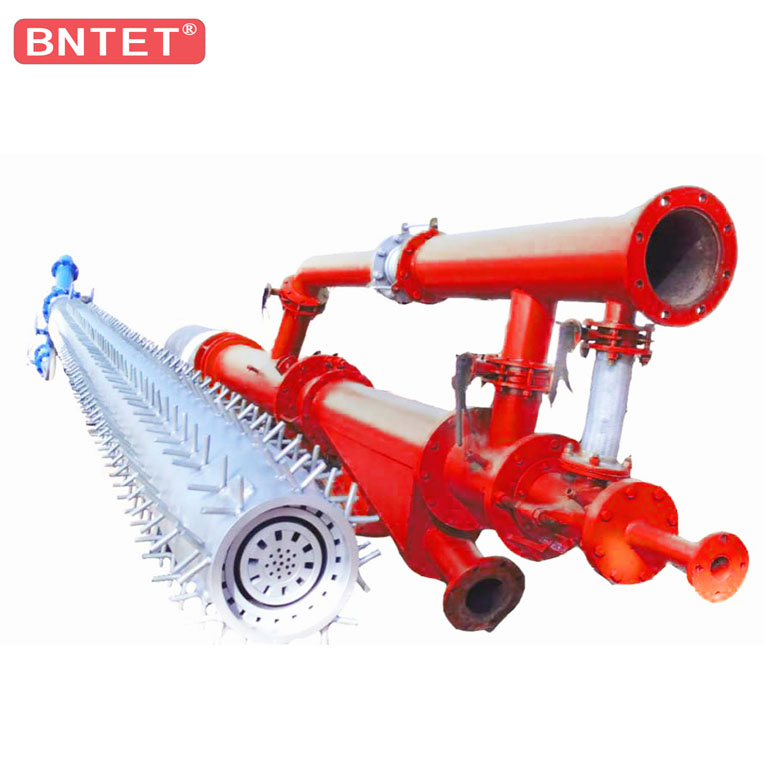To make the combustible mixture ignite and burn, in addition to spontaneous combustion, the most widely used in engineering is the ignition of the mixture to ignite by external energy. The so-called ignition, that is, forced ignition, generally refers to the use of hot high-temperature objects, such as electric sparks, hot objects on the surface or high-temperature combustion objects in the vortex behind the flame stabilizer, to ignite two small parts of the fresh gas. A local flame is formed, which then ignites the adjacent mixture. In this way, the layers are ignited one by one, and the entire mixture is ignited and burned.
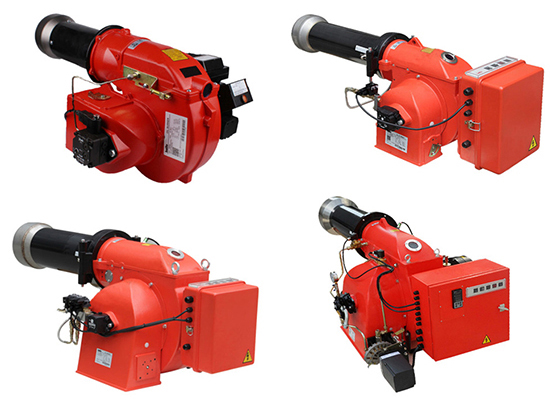
The process of ignition of combustible gas mixture
Forced ignition (ignition) and spontaneous ignition (spontaneous combustion) are identical in principle, and both are the result of a sharp acceleration of chemical reactions, but there are differences in the specific process as follows.
①The acceleration of chemical reaction by ignition is only carried out in the local part of the mixture (near the ignition source), while spontaneous combustion is carried out in the entire combustible mixture. In the boundary layer, the mixture far from the surface of the hot object is too cold to catch fire.
②Spontaneous combustion needs to be under a certain external temperature To, due to the self-acceleration of the reaction, the temperature of the combustible mixture gradually increases to the self-ignition temperature, causing deflagration. However, the ignition is different. Generally, the external temperature or the temperature of the container wall at this time is much lower than the temperature suitable for spontaneous combustion. Therefore, it is necessary to use a high-temperature object to contact the combustible mixture to increase the temperature of the mixture to make it deflagrate. The lowest temperature on the surface of a hot object that can cause the mixture to ignite is called the ignition (fire) temperature. In order to ensure that the flame can propagate in the cooler air mixture, the ignition temperature is generally higher than the auto-ignition temperature.
③ Whether the combustible mixture can be ignited not only depends on whether the local mixture in the boundary layer of the hot object can catch fire, but also depends on whether the flame can propagate in the mixed airflow. Therefore, the ignition process is much more complicated than the spontaneous combustion process, which includes local ignition and flame propagation.
The ignition process is like the auto-ignition process, and there are also ignition temperature, ignition induction period and ignition concentration limit, but the factors affecting them are much more complicated than those in the auto-ignition process. There are ignition methods and the nature of the mixture flow, etc., and the effect of the latter is more significant.
